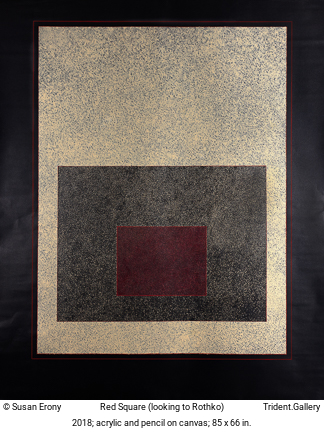
This is the piece that got me through the summer of 2018. I wanted to say something as big as the canvas, and I planned on using text to do so. But I could not develop my text-based ideas into effective aesthetic strategies, and I realized I could find no words adequate to this time. I was even personally out of words. I just kept saying, I can’t believe this is happening. I looked to artists I have turned to before for solace, and I turned not to Rembrandt, my usual choice, but to Rothko. Rothko and the Abstract Expressionists, like the Dadaists and Surrealists after WWI, felt the need of a new language to address the aftermath of WWII. They settled on one without recognizable imagery, because what had happened was previously unthinkable on such a scale.
I needed a meditative practice and defaulted to my most loved one, crosshatching. I knew I wanted structure and order, a container for chaos, and that became what this piece was about. I wanted to create a space inspired by the spiritual spaces Rothko’s work creates, a wordless, serene, quiet place. I thought of using charcoal, to create a hiding place, a dark, safe hole no one can find. But then it became a love letter to Rothko and a sanctuary and had to have light. I hope it can do that for others, as well.


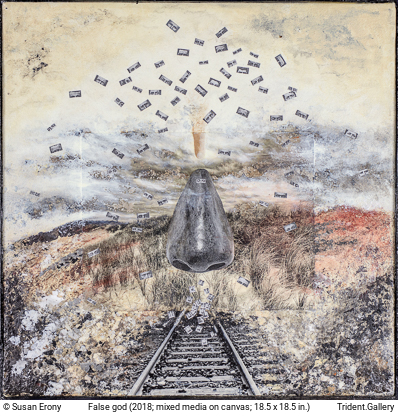
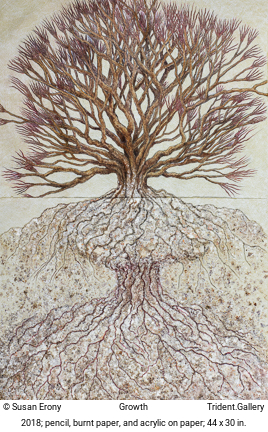

_1000x400px-screen-cap2.jpg)
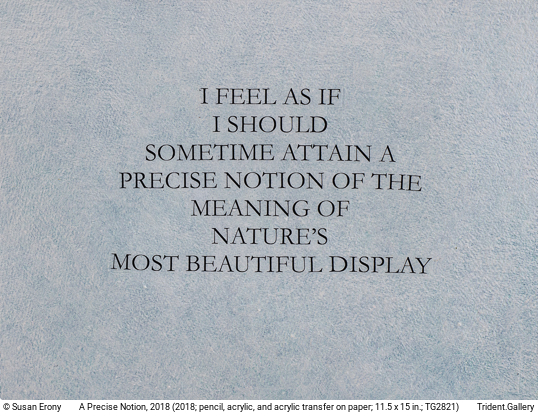
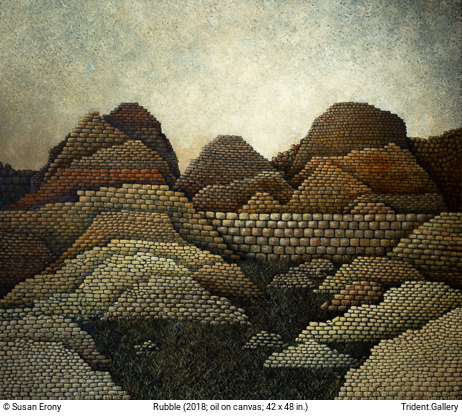
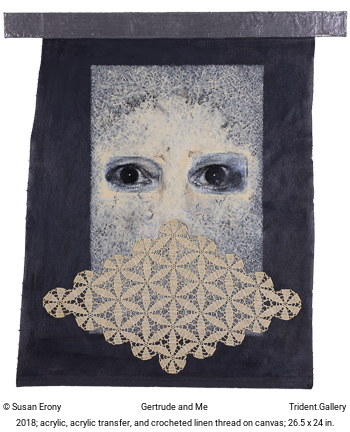
_1000x400px-screen-cap.jpg)